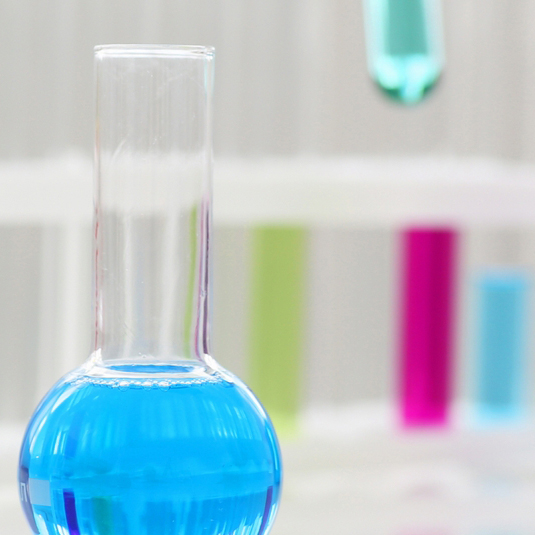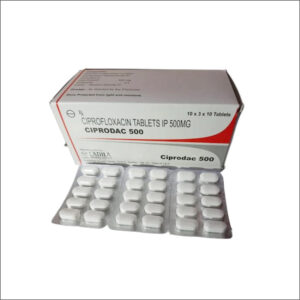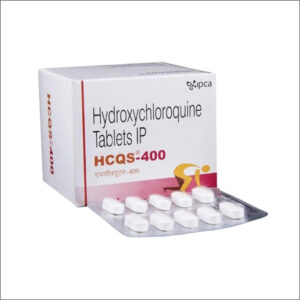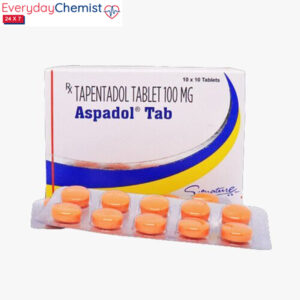Introduction
Specialty chemicals, also known as performance chemicals, are unique chemical products designed for specific applications in industries such as pharmaceuticals, agriculture, automotive, electronics, and construction. Unlike commodity chemicals, which are produced in large volumes with standardized properties, specialty chemicals are tailored for their functionality, performance, and end-use applications. Among the many types of specialty chemicals, polymers, surfactants, and adhesives are widely used due to their diverse applications and critical roles in various industries.
1. Polymers
Polymers are large molecules composed of repeating subunits known as monomers. They can be natural (e.g., cellulose, rubber, silk) or synthetic (e.g., polyethylene, polystyrene, nylon) and exhibit a wide range of physical and chemical properties.
Types of Polymers
Thermoplastics: These polymers soften when heated and harden when cooled, making them highly recyclable. Examples include polyethylene (PE), polypropylene (PP), polystyrene (PS), and polyvinyl chloride (PVC).
Thermosetting Polymers: Unlike thermoplastics, these polymers undergo an irreversible chemical reaction upon heating, forming a rigid structure. Examples include epoxy resins, phenolic resins, and polyurethane.
Elastomers: These are highly flexible and stretchable polymers, such as natural rubber, silicone, and neoprene.
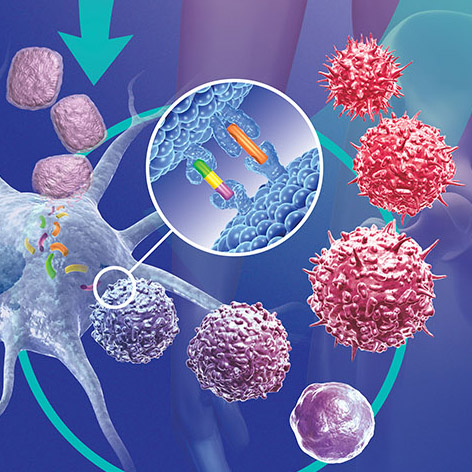
Applications of Polymers
Packaging: Plastics like polyethylene and polypropylene are widely used in food and beverage packaging due to their lightweight, durability, and barrier properties.
Automotive: Polymers such as polycarbonates and polyurethanes are used in car interiors, bumpers, and fuel tanks for weight reduction and fuel efficiency.
Electronics: Conductive polymers are utilized in flexible circuits, OLED displays, and coatings.
Medical Industry: Biodegradable polymers like polylactic acid (PLA) are used in drug delivery systems and surgical implants.
Advantages of Polymers
Lightweight and strong.
Corrosion-resistant and durable.
Cost-effective and versatile.
Challenges of Polymers
Environmental concerns due to plastic waste accumulation.
Some polymers degrade slowly, leading to long-term pollution.
Recycling limitations for thermosetting polymers.

2. Surfactants
Surfactants (surface-active agents) are compounds that lower the surface tension between two substances, such as liquids, solids, or gases. They play a crucial role in cleaning, emulsifying, dispersing, and foaming applications.
Types of Surfactants
Anionic Surfactants: These have negatively charged hydrophilic heads and are widely used in detergents and soaps (e.g., sodium lauryl sulfate).
Cationic Surfactants: These have positively charged hydrophilic heads and are used in fabric softeners and disinfectants (e.g., quaternary ammonium compounds).
Nonionic Surfactants: These have no charge, making them less likely to react with other ions in water. They are used in cosmetics and pharmaceuticals (e.g., ethoxylated alcohols).
Amphoteric Surfactants: These can have both positive and negative charges depending on the pH level. They are commonly found in mild shampoos and personal care products.
Applications of Surfactants
Household and Industrial Cleaning: Used in detergents, dishwashing liquids, and floor cleaners to remove grease and dirt.
Personal Care Products: Found in shampoos, body washes, and cosmetics for emulsification and foaming properties.
Agriculture: Used in pesticides and herbicides to enhance spreading and penetration.
Oil and Gas Industry: Applied in enhanced oil recovery (EOR) processes to improve crude oil extraction.
Advantages of Surfactants
Improve wetting, spreading, and emulsification.
Essential for cleaning and hygiene products.
Enhance solubility of hydrophobic substances.
Challenges of Surfactants
Some synthetic surfactants can be toxic to aquatic life.
Biodegradability concerns for certain formulations.
Foaming issues in industrial processes.
3. Adhesives
Adhesives are chemical substances used to bond materials together. They provide strong, durable, and sometimes flexible bonding solutions in industries ranging from construction to medical devices.
Types of Adhesives
Structural Adhesives: These provide high strength and long-term durability, used in aerospace, automotive, and construction (e.g., epoxy, polyurethane, acrylic adhesives).
Pressure-Sensitive Adhesives (PSAs): These adhere to surfaces with light pressure and are used in tapes, labels, and stickers (e.g., acrylic and rubber-based PSAs).
Hot-Melt Adhesives (HMAs): Solid at room temperature but melt upon heating, used in packaging, furniture, and textiles.
Water-Based Adhesives: These are environmentally friendly adhesives, commonly used in paper and woodworking applications (e.g., polyvinyl acetate or PVA glue).
Applications of Adhesives
Automotive and Aerospace: Used in bonding car body panels and aircraft components for weight reduction.
Medical Industry: Employed in wound dressings, surgical tapes, and dental adhesives.
Electronics: Used in circuit boards and component assembly.
Construction: Applied in flooring, insulation, and furniture manufacturing.
Advantages of Adhesives
Provide strong bonding without the need for mechanical fasteners.
Enable lightweight construction in vehicles and aircraft.
Resistant to environmental conditions like heat and moisture.
Challenges of Adhesives
Some adhesives release volatile organic compounds (VOCs), affecting air quality.
Durability can be affected by environmental factors.
Difficult to remove or repair bonded materials.
Conclusion
Polymers, surfactants, and adhesives are critical specialty chemicals that enhance the performance and functionality of numerous products across industries. Their versatility and efficiency make them indispensable in modern manufacturing, healthcare, and consumer applications. However, challenges such as environmental impact, sustainability, and biodegradability must be addressed through research and innovation. The development of eco-friendly polymers, biodegradable surfactants, and low-VOC adhesives is shaping the future of the specialty chemicals industry, ensuring sustainable growth while meeting industrial demands.
Our Products
-
Cipro 500MG
$1.00 / Per Pill
-
Hydroxychloroquine 400MG
$1.50 / Per Pill
-
Tapentadol 100MG
$2.00 / Per Pill


